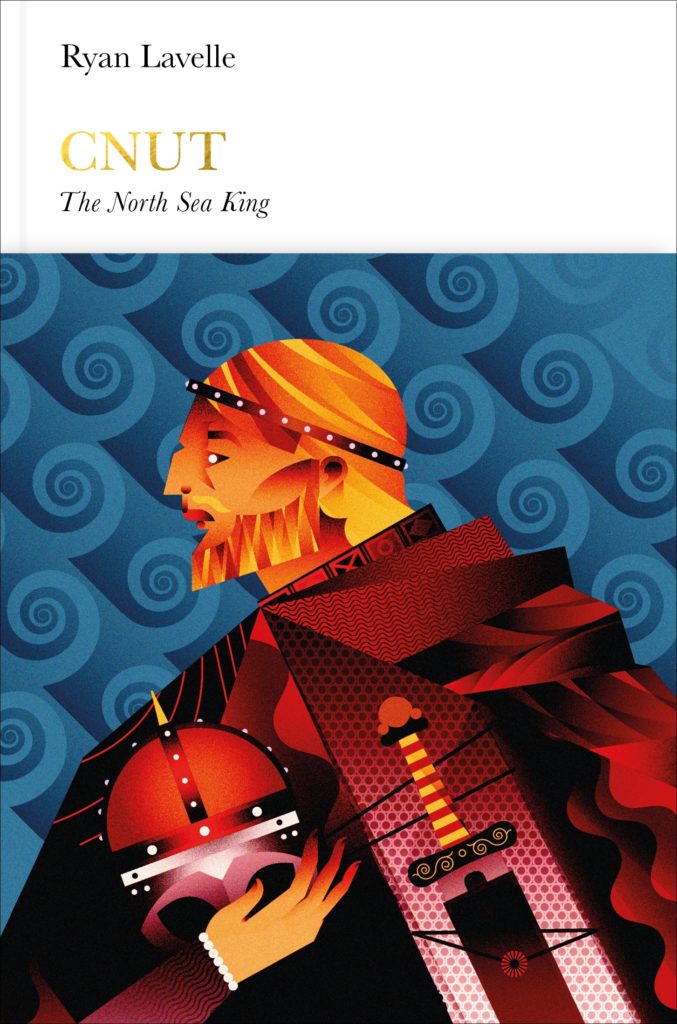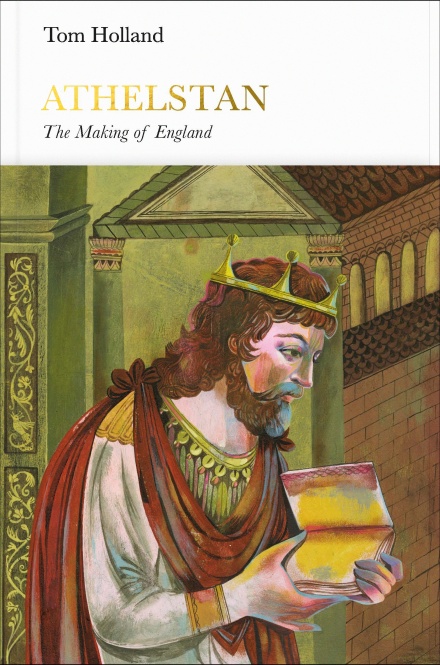
One of the things I’m learning from my ongoing effort to read biographies of all of the British monarchs is the importance of scale. When I started this project my preference when it came to histories and biographies was for big books on the subjects in which I was interested. While I did understand the value of the quick overview, usually what I enjoy more is reading a work that provides an all-encompassing account of its subject, one that leaves my interest in it fully sated. As I read multiple works in succession on the same subject, however, I began to appreciate the virtues of a shorter account that trades comprehensiveness for a focus that allows important points to stand out better. Less can indeed be more in that respect.
No book better demonstrates this lesson for me than John Gillingham’s biography of William Rufus. Having recently finished Frank Barlow’s substantive study, I felt as though I had a good understanding of the man and his reign. Gillingham disabused me of this notion with his very first chapter. Entitled “The Personality of the King,” it’s a masterful examination of the development of William’s historical reputation. In it he challenges the negative image William has been saddled with for centuries by tracing its origins to Eadmer’s hagiographies of Anselm of Canterbury, in which William was often portrayed as a moral foil. Once such biases are taken into consideration, the William who emerges from the surviving sources is an easy-going man with a sense of humor, whose opposition to the efforts to impose celibacy on clerics may have been more popular than religious reformers would have liked to admit.
From there Gillingham launches into a brisk overview of William’s life and times. This he does in a series of thematic chapters, starting with William’s early years and his assumption to the throne, then focusing on various aspects of his reign: relations with the Church, William’s military campaigns and relations with other kingdoms, sex life at the court, and contemporary society. These he addresses with the efficient assuredness of someone with a masterful understanding of the era and a command of the literature about it, yet he avoids the sort of assumptions of his readers’ knowledge that this usually engenders. Though his final chapter is dramatically entitled “Assassination,” he spends the book’s last few pages critically dismissing such claims, ending with the comment that “[w]e cannot say whether or not Rufus was assassinated; we can be more confident that he was the target of an attempted character assassination.”
Such pithy observations are typical of Gillingham’s fine book. In it he offers a great balance of detail, context, and analysis that brings William Rufus alive in a way that Barlow’s more detailed study doesn’t. It’s a superbly revisionist work that convincingly rehabilitates his subject against the disparagements of William’s earliest chroniclers. Other monarchs should be so fortunate as to enjoy such treatment, especially in a work that is written in a way that is so accessible to a general audience.



